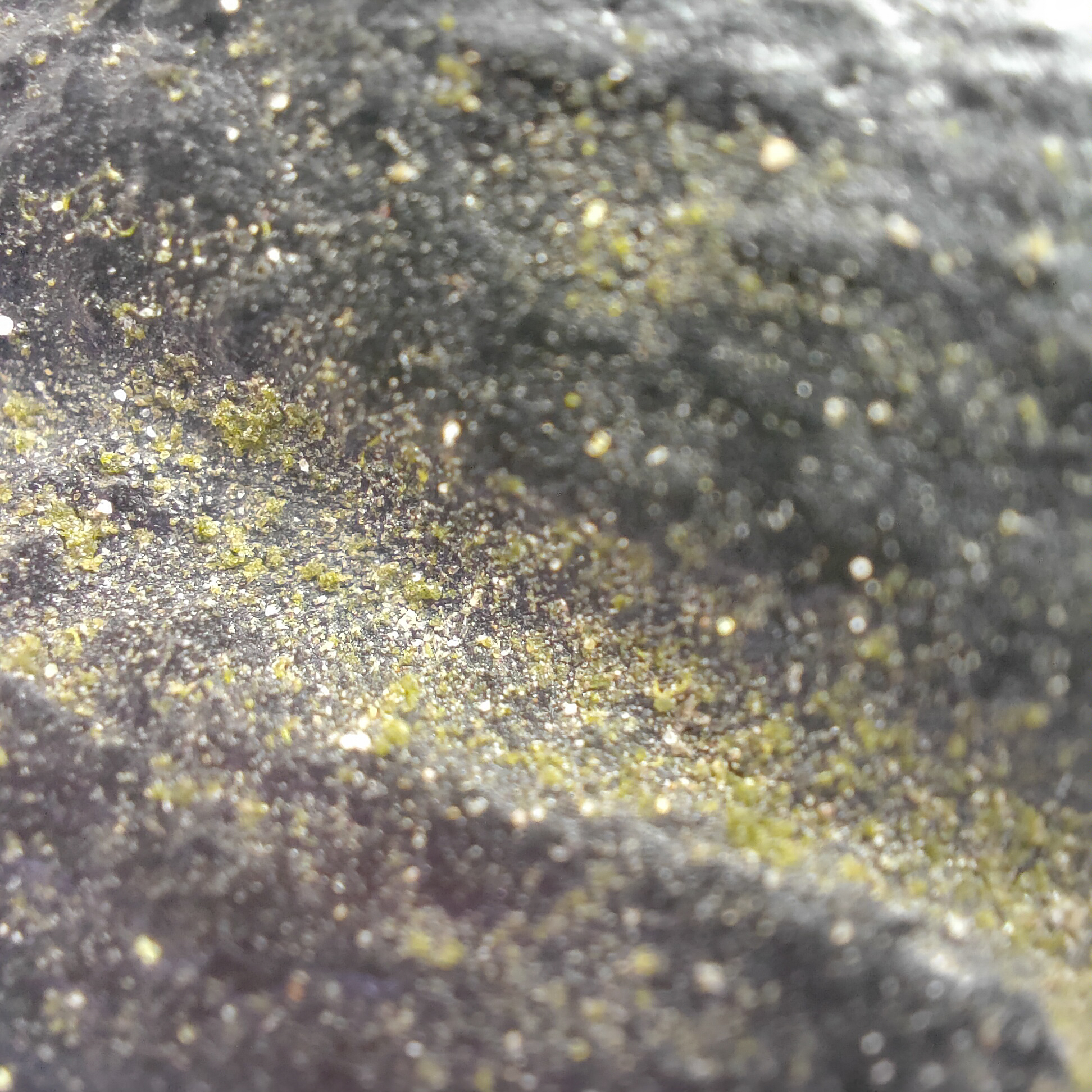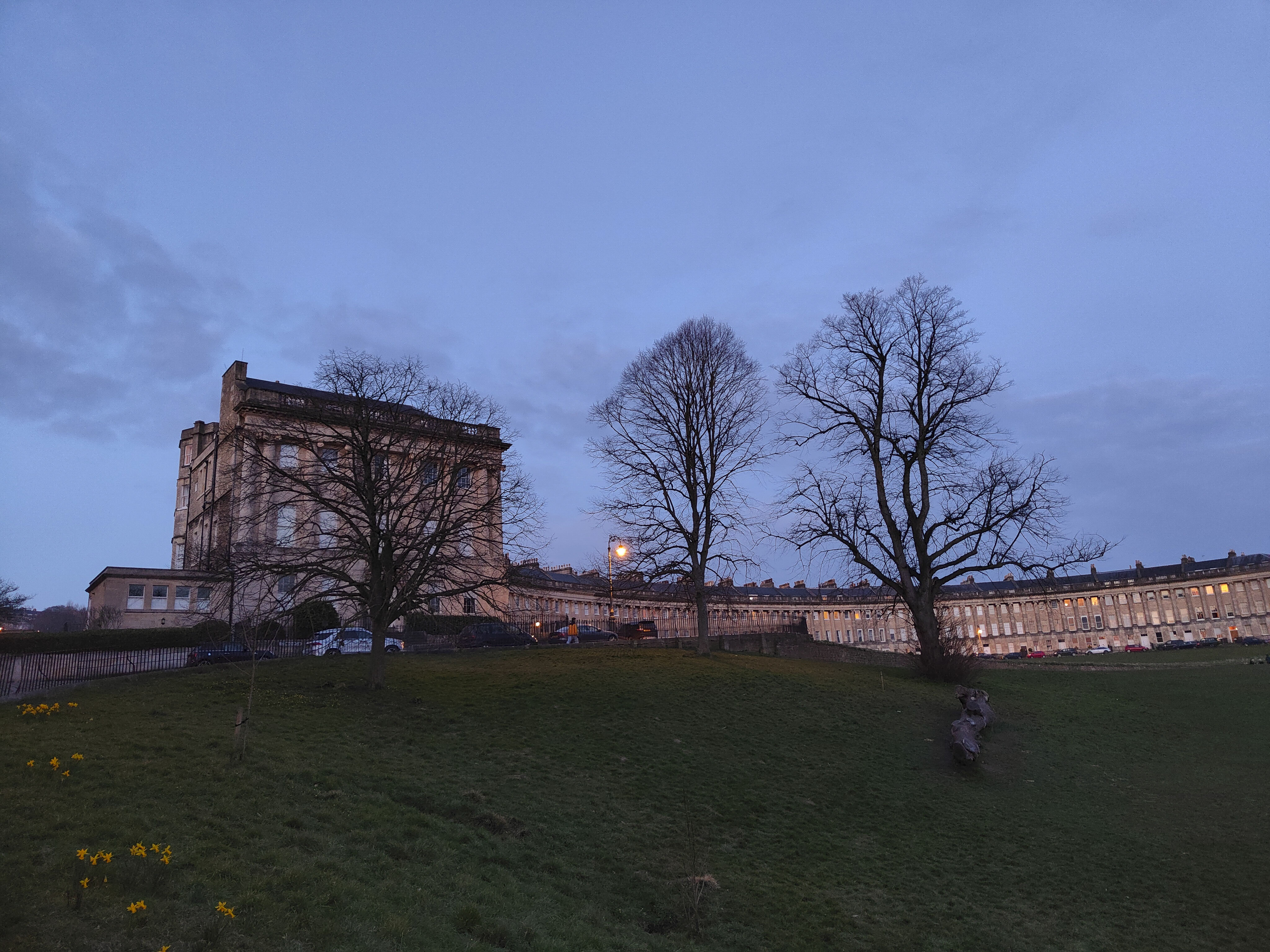Digital Camera World Verdict
Oppo has gone out of its way to be be different with its new flagship Find X3 Pro 5G – but at its premium price it throws itself directly up against the top models in the iPhone and Samsung Galaxy ranges. It impresses with its high-resolution wide-angle lens, and its novelty microscope - but it finds itself wanting in terms of telephoto or zoom fire power, letting down its overall photographic credentials.
Pros
- +
Two 50 megapixel rear cameras
- +
Super speedy charging
- +
Quality 120Hz 6.7in OLED screen
Cons
- -
High price
- -
Unusual design
- -
Disappointing telephoto power
Why you can trust Digital Camera World
A year ago we described the Oppo Find X2 Pro as "a blowaway camera phone" – so we were very excited about the release of the company's newest flagship smartphone, the Oppo Find X3 Pro. Would this cement this lesser-known Chinese manufacturer's reputation for making some of the best camera phones?
The 5G-powered X3 Pro doesn't make things easy for itself, however, going on sale for £1,099 – which puts it straight up against the highly-regarded Apple iPhone 12 Pro Max and the Samsung Galaxy S21 Ultra. As such it needs to do something special if it really is going to justify that price. The X3 Pro is on sale in both the UK and Europe – but is not currently slated for release in the USA.
Design and screen
Pre-launch Oppo made a lot of noise about the screen for the Find X3 Pro - and particular about its ability to display one billion different colors on its 525ppi AMOLED display. The 6.7in screen is both big and beautiful and a joy to look, and sits like a giant infinity pool across the front of the handset - with the front camera barely visible in the top left hand corner. But it has sharp edge a the sides that you feel every time you pick it up, which doesn't quite go with the luxury pricing - and definitely seems like a design fault.
The screen is technically a 120Hz display, but Oppo has chosen to make the refresh mode dynamic - varying from 10Hz to 120Hz depending on what is going on, in order to better preserve battery power. You can choose to stick to 60Hz, if you prefer.
Around the back there is an innovative one-piece of glass that sweeps round to create a sculptural camera unit to house the four rear lenses that the handset has on offer. This looks like a piece of modern art - a neo-brutalist bump that impresses its form and function. It's a look that some will love for its innovation - but it's a manufacturing first that makes it look more different to its rivals, rather than more beautiful. And as ever, the shiny panel loses its sheen quickly when it gets covered in greasy fingerprints. Unusually, the phone is supplied with a molded silicon rear cover, so that you can keep those shiny curves in pristine condition.
The handset is dust and splash resistant with a rating of IP68. Beneath the hood the Find X3 Pro runs on the Qualcomm Snapdragon 888 powerhouse chip also used in rival Android handsets such as the Samsung Galaxy S21 and OnePlus 9 Pro.
Oppo Find X3 Pro: camera
Aesthetics aside, it is the optics and sensors in the camera structure that buyers should be most interested in. And here again Oppo has dared to be a bit different. This is the company that bought us the first 10x zoom lens with the Oppo Reno 10x Zoom a couple of years back - so you might expect the manufacturer to be trying to outdo the Samsung Galaxy S21 Ultra in that department, if not perhaps compete with the 120x zoom of the recent Xiaomi Mi 11 Ultra.
The best camera deals, reviews, product advice, and unmissable photography news, direct to your inbox!
Oppo's tack is to instead bolster up the performance of the ultra-wide lens of this camera. Both the standard f/1.8 wide and the f/2.2 ultra-wide lens use the same 50 megapixel Sony IMX766 sensor, to offer resolution for landscapes, architecture and group portraits that we have not seen on a mobile before. There is a bit of a compromise there to get this performance from both, of course, as we have seen phones with larger sensors and ones with more pixels in the main camera - but this is an impressive feat nonetheless.
Those using DSLRs or mirrorless cameras, of course, are used to having the same sensor whatever lens they use. So they may well be disappointed to find out that the telephoto f/2.4 lens only offers 13 megapixel images – so no better than cropping into images shot with the main camera in fact. And there is no 10x zoom here - just a bog standard 5x hybrid zoom which disappoints when compared to its rivals.
There is a fourth lens, however, that again tries something a bit different. Macro lenses have been something of a fad on many recent launches - but the Oppo goes several steps closer by offering a built-in microscope! It does only have a three megapixel resolution - and you have to angle and adjust the camera just millimetres away from a flattish subject to get a usable image. But this is a lot of fun (at least at the outset), and there is a built-in ring light to ensure that the subject area is lifted out of the shadow cast by the phone.
Round the front there is a punch-hole selfie camera that offers a very creditable 32 megapixel resolution with an f/2.4 maximum lens aperture.
Oppo Find X3 Pro: camera performance
Photos shot with the Oppo Find X3 Pro are generally very impressive. It is the colors and the tonality that we loved the most - producing images that did their subjects justice, and which will please the photographer. There is really some evidence that the billion color boast that this smartphone makes is something worth listening in.
The phone also performs well in lowlight - but the standard wide lens does much better there are this is the only one of the cameras that offers optical image stabilization.
We loved playing around with the microscopic camera - but it is hard to get decent results with it. The issue is that this close to your subject (just millimetres) is that there is next to no depth of field, so that your best option is to take pictures of flatish surfaces to ensure you have enough that is sharp in the frame. But in practice, maneuvering the handset at such close distances is a hit and miss affair - and to get decent images you need patience. We have seen some impressive results with this camera (better than our efforts) - but this is not a facility that anyone is likely to use more than once with this handset.

Selfies look good too, thanks to the resolution on offer. There is also AI on hand to help soften those wrinkles subtly so that you don't have to make it obvious that you have been Photoshopped (this function is also available with the rear camera too).
Oppo Find X3 Pro: sample images
Oppo Find X3 Pro: other features
Alongside the Snapdragon 888 processor, the phone comes with 12GB of RAM and 256GB of storage; as is sadly becoming the norm there is no provision to expand the memory with an optional microSD card. You do, however, have the option for twin nano SIM cards.
The phone impresses with its charging capability. Power is provided by a 4500mAh battery, but this can be recharged via a cable using SuperVOOC 2.0 flash charge tech at up to 65W - allowing you to recharge the handset in just 35 minutes. If you prefer to use a wireless charger, AirVOOC offers an impressive 30W performance (giving a full charge in 84 minutes). There is also a 10W reverse charge option.
Oppo Find X3 Pro: verdict
There is a lot to like about the Oppo Find X3 Pro 5G - but what we really struggle with is its price. Whatever its charms, and even if you love the slightly unusual design, it is hard to justify paying quite this much. The screen is impressive, and the cameras are capable of decent results - but it is not a perfect package, making it very hard to choose in favor of top flagship models from the Apple iPhone and Samsung Galaxy ranges.
Read more:
• Best camera phone
• Best budget camera phones
• Best iPhone for photography
• Best burner phone
• Best 5G phone
• Best phablets
• Best flip phones
• Best phablets

Chris George has worked on Digital Camera World since its launch in 2017. He has been writing about photography, mobile phones, video making and technology for over 30 years – and has edited numerous magazines including PhotoPlus, N-Photo, Digital Camera, Video Camera, and Professional Photography.
His first serious camera was the iconic Olympus OM10, with which he won the title of Young Photographer of the Year - long before the advent of autofocus and memory cards. Today he uses a Sony A7 IV, alongside his old Nikon D800 and his iPhone 15 Pro Max.
He is the author of a number of books including The Book of Digital Photography, which has been translated into a dozen different languages.
In addition to his expertise in photography and videomaking, he has written about technology for countless publications and websites including The Sunday Times Magazine, The Daily Telegraph, What Cellphone, T3 and Techradar.


















